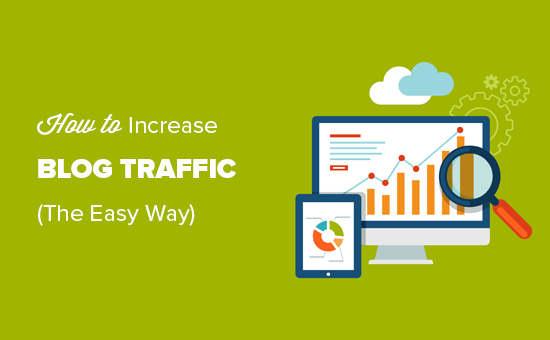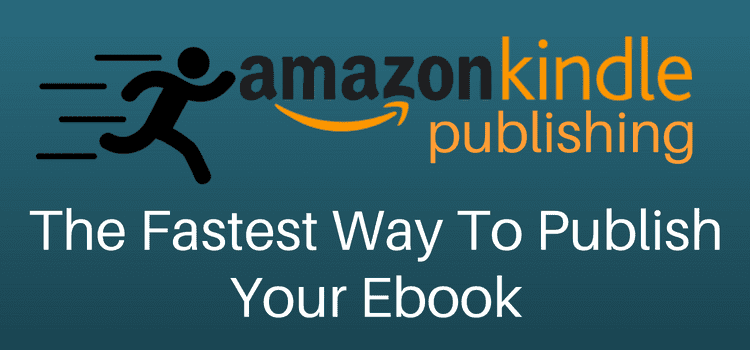Snippets Optimisation in Blog SEO: How to Optimize Your Contents for Featured Snippets in Search
Yesterday on my timeline, I Implored bloggers to include Snippets Optimisation in their SEO strategy because every day, SEO is becoming wider. To stay relevant in the blogging race, you need to be updated with the latest trends and strategies.
Search engine optimization (SEO) is an ever-evolving discipline. To stay ahead, you need to have a firm grasp of the strategies that are currently impacting your search performance. One of the biggest factors that can negatively impact your SEO is poor or out-of-date content on your site. However, you can use the power of snippets to your advantage. In this blog post, I’ll unveil what snippets entail, why you need to use them and how to optimize your site for snippets. Read on to find out more about the importance of snippet optimization in SEO, and how you can implement these strategies on your site.
What Are Snippets?
In April 2017, Google announced a major update to the way it displays content on mobile devices. The update, codenamed ‘Rounded Corners’, involved a significant design update to the mobile Google search results page.
In addition to the updated design, Google also revealed an important new feature that would impact SEO in 2018. This feature, dubbed ‘snippets’, would allow users to easily access detailed information about the content they were looking at without having to click on a link.
Google’s announcement sparked huge interest from both SEO and content creators, with many wondering how this would impact their sites and SEO efforts.
Why Does Snippet Optimization Matter in SEO?
Having short, clear, and concise content is an important part of SEO. Ideally, your content should be between 75 and 200 words in length. Anything above this length can start to become too lengthy and will require additional keywords to rank well.
Additionally, content that is optimized for keywords should be as specific as possible. Avoid using general terms such as the, a, an, and the most common misspellings and variations thereof. Instead, try to be as accurate as possible with your content so that it ranks well for relevant keywords.
How to Optimize Your Site for Snippets
Snippets are designed to help users find what they’re looking for more quickly. You can use this targeting functionality to only show the most relevant information on your site.
To optimize your content for snippets, you need to understand the different snippets that are available to the search engines and how you can maximize the benefits of each.
? Content Snippets
Snippets are short descriptions that appear next to search results when someone is using a mobile device. These snippets are designed to cover the most important parts of your content and are usually between 1 and 4 sentences in length.
You can decide which parts of your content you’d like to have highlighted. Generally, these include the:
I. Headline
II. A short phrase that briefly describes the content’s topic
III. The body of your content
IV. An image or two if the content features one
? Google Snippets
Google has now introduced a new snippet type that’s designed to cover the majority of the content on a given page. This snippet, known as the snippet interlinear, will appear above your articles and will show a list of related phrases.
The snippet interlinear will allow you to expand on your main keyword(s) as well as include other, more general, keywords that might trigger the same response from a user.
For example, if your primary keyword is “martial arts”, a good snippet interlinear might include the phrases “best martial arts lessons”, “martial arts for self-defense”, “best martial arts for kids” etc.
? Other Snippet Types
As you’re likely aware by now, there are numerous snippet types that you need to take advantage of on your site. However, there are a few that stand out as being especially important.
(1) Site Snippets
Site snippets are designed to provide users with a more detailed look at the content on your site without the need to click on a link. Users can simply tap or hover their mouse on a site snippet to read the full article.
You can use site snippets on your site to provide more in-depth information such as:
I. A product’s features and benefits
II. Easy-to-follow instructions on how to use a product
III. Reviews from other customers
Most importantly, site snippets can also be used to highlight any new content that you’ve recently published.
(2) Ecommerce Snippets
Ecommerce store owners need to take extra care when it comes to optimizing their content for SEO. Since search engine spiders are unable to crawl the site when eCommerce content is active, you’ll need to include additional keywords in your SEO-friendly content.
You can also use eCommerce snippets to drive additional business from your visitors. For example, you might include a ‘buy now button or a ‘free shipping’ message within your eCommerce snippets.
How to Optimize Your Site for Snippets
Now that you’ve got a better understanding of what snippet optimization is and how it can benefit your site, it’s time to put these strategies into action.
First, you’ll want to identify the types of content that you’d like to have featured in your snippets. Next, you’ll want to use the “Types of Snippets” section of the Google Search Console to find any errors in your snippet content layout.
From there, you’ll want to fix any errors that are causing your content to be indexed incorrectly. For example, a missing image or an incorrect alt text can cause your snippet to be de-indexed.
After you’ve completed these steps, it’s time to optimize your content for snippets.
? Content Snippets
The first step toward optimizing your content for snippets involves correcting the layout of your pages.
Improving the readability of your site’s content is essential for ensuring that your content is properly formatted for snippet consumption. Incorporating alt tags, image captions and keyword research will help to ensure that your content appears as accurately as possible in search results.
Additionally, you need to ensure that your content is structured in a way that will make it easier for bots to crawl and index. For example, try to avoid using internal linking and redirecting to pages that are not within your site’s domain.
? Google Snippets
Now that your content is properly formatted and structured, it’s time to add your keywords. You can do this by adding keywords to the “H1-H2 Headings”, “Alt-H1” and “Alt-H2” fields in your Google Search Console.
After you’ve added your keywords, it’s time to add your “Long-Tail Keywords”. Long-tail keywords are those that are not specific to a particular product or service and are instead generic terms that can be applied to many different things.
For example, the keyword “online shopping” is a long-tail keyword because it’s not related to any particular product or service.
? Other Snippet Types
You can also include your site-wide “Rules” and “Categories” in your snippets. Rules can help to establish a theme or character for your site, while categories can be used to group similar types of content.
However, be aware that this process may take a while to complete. Therefore, you may want to consider automating the creation of your snippets.
Conclusion
Snippet optimization is an important part of modern SEO. By using the techniques outlined in this article, you can ensure that your site is properly formatted and structured and that your content is optimizable for both page rank and snippet distribution.









